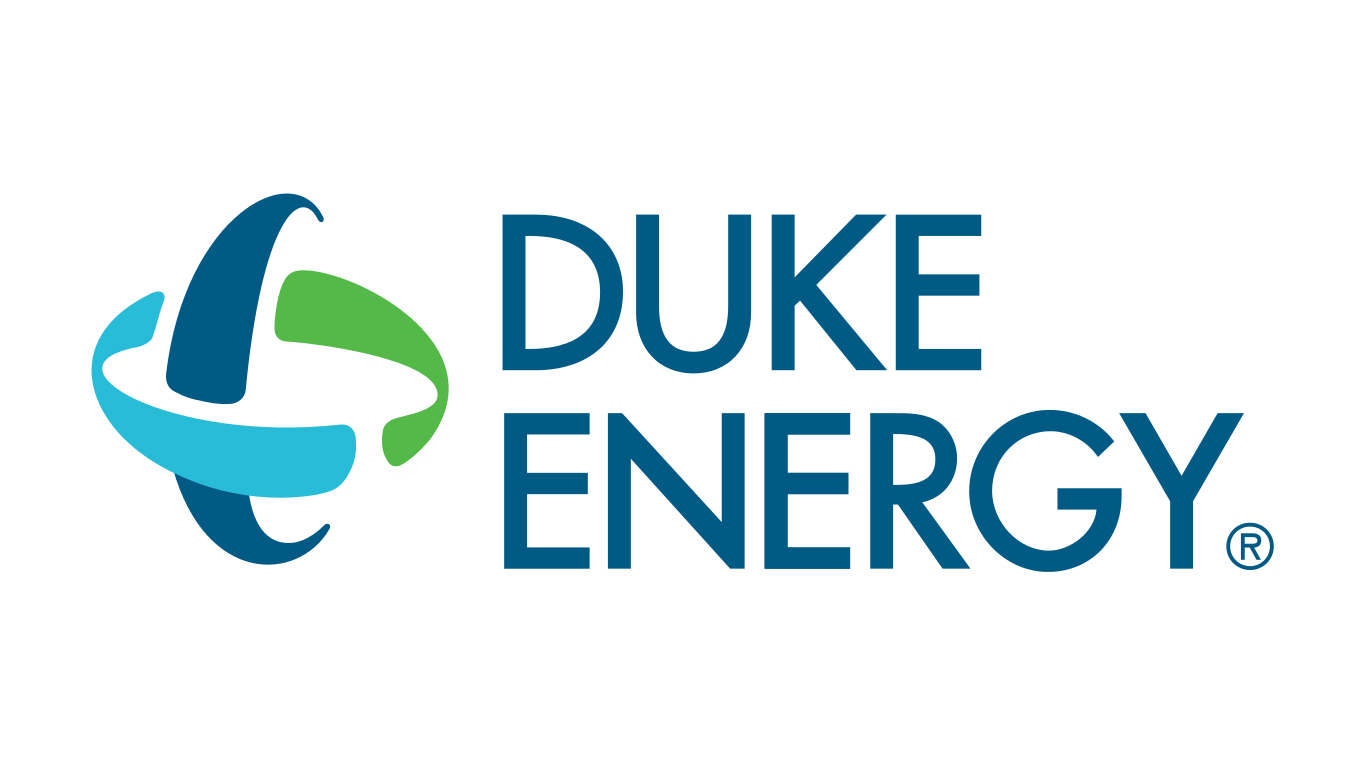Infrastructure
Do Duke Energy Earnings Signal a Downturn for Utilities?

Published:
Last Updated:

Duke Energy Corp. (NYSE: DUK), which is generally considered a bellwether for utilities, reported its most recent quarterly results before the markets opened on Friday. While investors seem to be moving out of defensive positions as the markets continue to strengthen, this could mean trouble for the historically defensive utility industry.
Although Duke’s earnings sent shares lower to close out the week, the results could been seen as reflective as the industry as a whole. Moody’s took a somewhat neutral position on utilities, even though there may be near-term weakness.
Duke posted $1.79 in earnings per share (EPS) and $6.94 billion in revenue, compared with consensus estimates that called for $1.67 in EPS and $7.17 billion in revenue. The same period of last year reportedly had $1.65 in EPS and $6.63 billion in revenue.
Higher third-quarter 2019 adjusted results were primarily driven by growth from investments at electric and gas utilities, favorable weather and lower operations and maintenance expenses. These items were partially offset by higher financing costs and lower volumes.
Lynn Good, Duke Energy’s board chair, president and chief executive, commented:
We delivered strong growth across our business segments in the third quarter and continued executing our long-term strategy to build a cleaner, smarter energy future. We’ve outlined a more aggressive climate strategy, advanced important energy infrastructure projects that will enable us to provide more value for our customers and communities and reached constructive regulatory settlements with key stakeholders.
Moody’s recently changed its outlook for the U.S. regulated utility sector to stable from negative as the industry’s funds from operations (FFO) to debt ratio stabilizes. The implementation of more proactive regulatory and financial actions, along with savings mainly related to tax credits, tax deductions and net operating losses, are helping to buoy the sector’s cash flows following U.S. tax reform.
This sentiment reflects an expectation that debt metrics will hold steady over the next 12 to 18 months. Holding company leverage will remain high, according to the report, limiting financial flexibility, but Moody’s expects FFO to debt to remain around 15% to 16%.
At the same time, Moody’s would consider shifting its outlook to positive if regulation turns more credit-supportive or if the sector’s consolidated FFO to debt ratio rises to around 18% on a sustainable basis. The firm would consider changing the outlook to negative if weakened cash flow causes the ratio to fall to around 14%. A more contentious regulatory environment or an increase in leverage within the utility sector’s capital structure could also change the outlook to negative.
Shares of Duke traded down over 2.5% on Friday to $90.27, in a 52-week range of $82.46 to $97.37. The consensus price target is $98.47.
Credit card companies are pulling out all the stops, with the issuers are offering insane travel rewards and perks.
We’re talking huge sign-up bonuses, points on every purchase, and benefits like lounge access, travel credits, and free hotel nights. For travelers, these rewards can add up to thousands of dollars in flights, upgrades, and luxury experiences every year.
It’s like getting paid to travel — and it’s available to qualified borrowers who know where to look.
We’ve rounded up some of the best travel credit cards on the market. Click here to see the list. Don’t miss these offers — they won’t be this good forever.
Thank you for reading! Have some feedback for us?
Contact the 24/7 Wall St. editorial team.